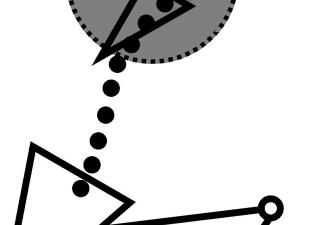There are few movements with as much benefit and global reach as the squat.
Sometimes, technique corrections are not sufficient in resolving poor movement. Let’s look at the musculo-skeletal issues which may jeopardise your squat and how to fix them. This is not the forum for technique correction – in this medium that is nigh impossible. This is however an appropriate way of remedying the imbalances and deficiencies affecting movement.
There follows a three step model in movement correction:
- Assessment of movement to determine the technique fault.
- Identification of musculo-skeletal factors causing the fault.
- Correction of these factors to allow safe, efficient and powerful movement.
FAULT ONE: posterior rotation of the pelvis at the bottom of the squat, AKA: lower back rounds and hips tuck under.
CAUSES:
Inhibition of anterior pelvic rotators.
Tightness of posterior pelvic rotators.
SOLUTIONS:
Standing leg swings (anterior-posterior) with neutral pelvis (2 x 10 each leg).
Seated pelvic tilts – emphasising erector spinae activation to create anterior tilt (20 tilts).
FAULT TWO: Medial rotation and adduction of the femur, AKA: knees fall inwards.
CAUSES:
Tightness of medial rotators and adductors.
Weakness of lateral rotators and abductors.
SOLUTIONS:
Standing leg swings (medio-lateral) with neutral pelvis (2 x 10 each leg).
Lower into bottom of squat, anteriorly rotate the pelvis and force knees out (without touching them with hands) (2 x 20 second holds).
FAULT THREE: Lack of both thoracic extension and shoulder flexion, AKA: upper back rounds forward and shoulders roll in.
CAUSES:
Tightness of thoracic spine.
Tightness of shoulder extensors.
SOLUTIONS:
Passive thoracic extension (2 x 20 second holds)
Dislocates (10)
If your movement is imperfect, throw these exercises into your routine. They are specifically useful in warming up for the squat – remedying the deficiencies before they have the chance to occur.





